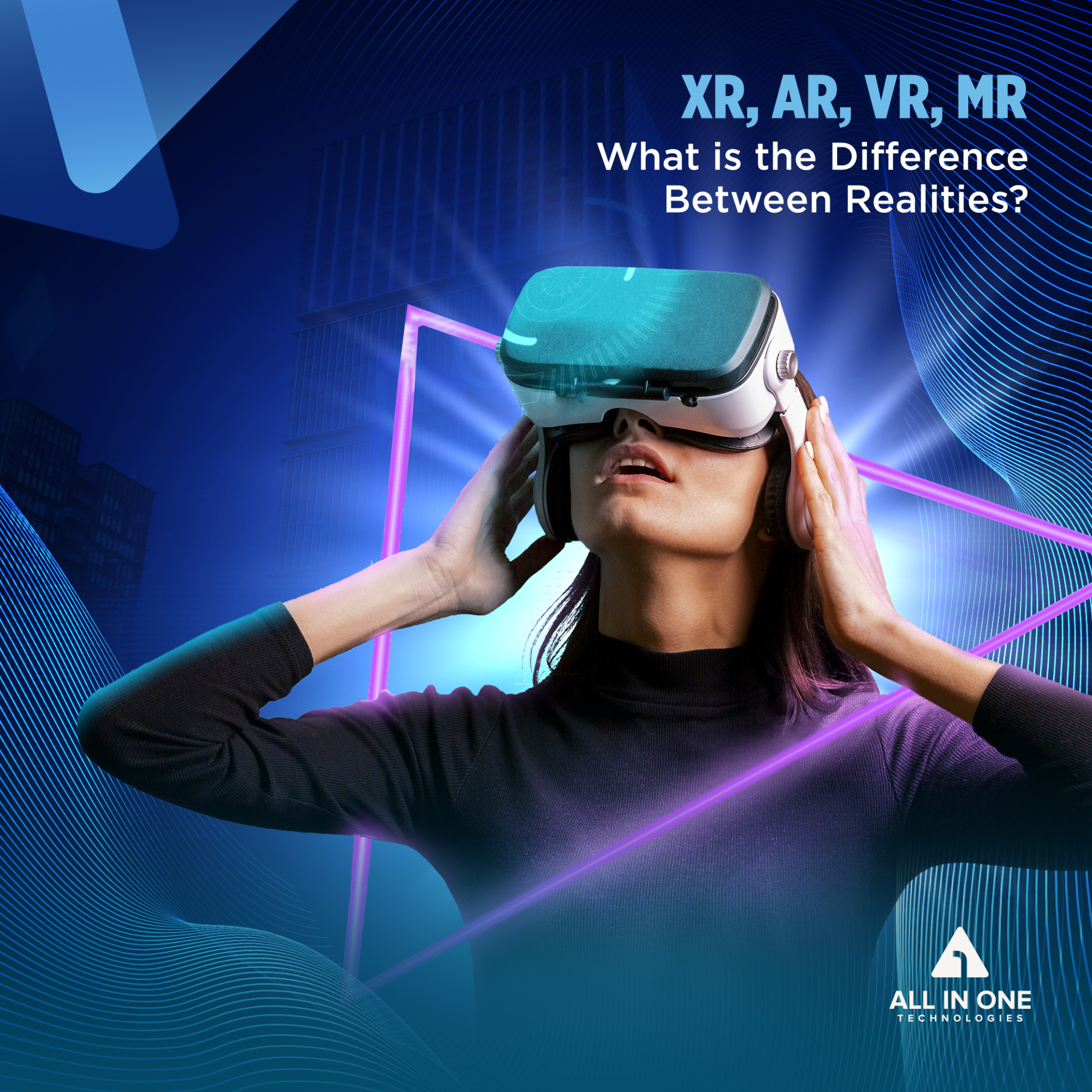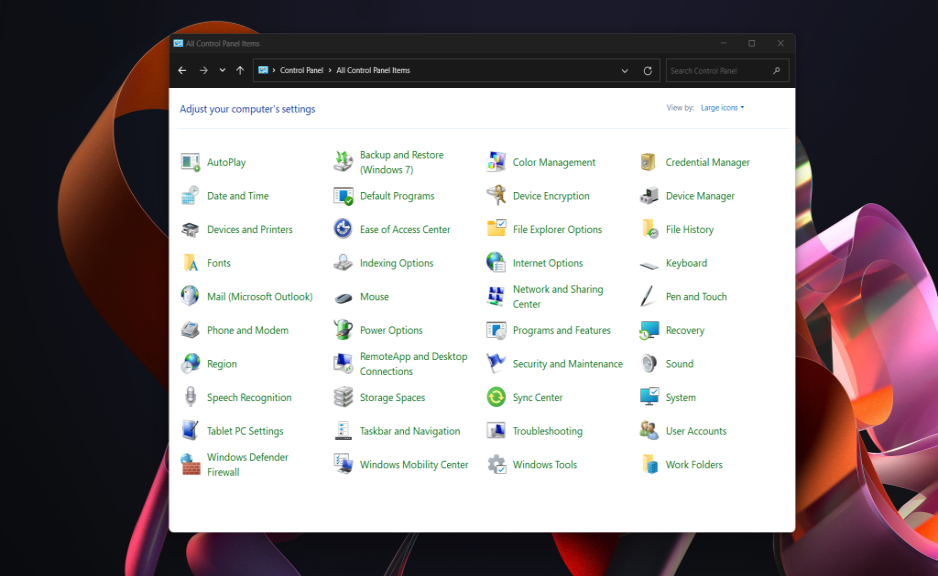What is Augmented Reality (AR)?
Augmented Reality (AR) enhances our view of the real world by overlaying it with computer-generated information. This technology is widely found in smartphone AR applications that require the user to hold their phone in front of them. By capturing images through the camera and processing them in real-time, these applications can provide relevant information or create games and social experiences that blend with reality.
Over the past decade, smartphone AR has significantly advanced; apps like Snapchat and TikTok allow users to apply real-time face filters, while “IKEA Place” enables potential buyers to visualize furniture in their homes before making a purchase. However, the scope of these applications remains limited. Increasingly, attention is turning to smart glasses that aim to deliver a more expansive AR experience. These devices must combine ultra-low-power processors with multiple sensors, including depth perception and tracking, while maintaining a lightweight and comfortable form factor for prolonged wear.
AR smart glasses require users to navigate actively, intuitively, and safely while in motion. This necessitates key advancements in features such as depth perception, 3D SLAM, semantics, positioning, orientation, object recognition, audio services, gesture, and eye tracking.
All these advancements and features will require supportive artificial intelligence (AI) and machine learning (ML) capabilities over traditional computer vision. Indeed, new compact language models designed to work efficiently on small devices are proving even more effective in XR wearable technologies. These models enable real-time language processing and interaction, allowing XR wearables to understand natural language and respond in real-time, facilitating users' interactions with XR applications through voice commands.
Since 2021, several smart glasses models have entered the market, including Snap-in Spectacles, Lenovo ThinkReality A3, and the upcoming Ray-Ban Meta Smart Glasses in 2024, as well as Amazon Echo Frames and Meta's Orion smart glasses. All of these devices showcase the evolution of XR wearable technologies by offering enhanced AR displays and real-time AI video processing capabilities.
What is Virtual Reality (VR)?
Virtual Reality (VR) immerses users in a completely computer-generated environment by altering their visual perspective. This type of XR technology has been around for a while and has gradually evolved over the years. It is primarily used for entertainment experiences, such as games, concerts, movies, and sports, but it is also rapidly entering the social space. VR requires capabilities such as immersive entertainment experiences, HD rendering streams, volumetric capture, 6DoF (six degrees of freedom) motion tracking, and facial expression capture.
VR is also utilized as a tool in training and education, as well as in healthcare, for example, in rehabilitation. To ensure a seamless experience for the end user, VR technology is centered around high-quality video and rendering with ultra-low latency.
VR devices have begun enhancing video conferencing experiences through platforms like Meta's Horizon Workrooms, which enable virtual meetings in various digital worlds.
Standalone VR devices, such as the Meta Quest 3, offer AAA gaming and online virtual world experiences. Equipped with high-performance processors, these VR devices can be used virtually anywhere.
What is Mixed Reality (MR)?
Mixed Reality (MR) occupies a space between Augmented Reality (AR) and Virtual Reality (VR) by combining real and virtual worlds. There are three main scenarios for this type of XR technology. The first involves virtual objects and characters being overlaid onto real environments using smartphones or AR wearable devices.
A notable example is the mobile game "Pokémon Go," which gained global popularity in 2016 by placing virtual Pokémon in real environments via the smartphone camera. Although often presented as a groundbreaking AR game, it is a perfect example of MR, as it merges real environments with computer-generated objects.
XR is Becoming More Accessible
With the introduction of XR devices to the market, XR is becoming more accessible and transitioning from tech enthusiasts to a broader consumer base. XR offers more immersive experiences by integrating sensory inputs, wearable technologies, and creative AI. For instance, Meta Horizon OS provides work environments for daily tasks. This enhances the accessibility of XR technologies and facilitates broader market expansion, including:
- Education: Immersive simulations, virtual exploration of historical events, virtual experiments, and museum tours.
- Healthcare: More realistic medical training, eliminating the need for physical consultations, therapeutic applications, and AR-assisted surgery.
- Commerce: Virtual clothing try-ons, product visualization, and virtual shopping tours.
- Industry: Interactive training programs.
Supported by AI, XR is evolving rapidly, presenting new ways to bridge the gap between virtual and physical worlds.
How MR is Revolutionizing Video Games
MR revolutionizes video games by enabling the integration of real-world players into virtual environments. This technology allows VR users to be embedded in video games, creating a seamless blend of physical and digital worlds. As a result, real-world characters can now interact within the game, enhancing the immersive experience for both players and viewers.
This innovation is particularly impactful for streaming platforms like Twitch and YouTube. Streamers can now incorporate their unique personalities into games, offering more engaging and interactive experiences for their audiences. Viewers can watch their favorite streamers navigate virtual worlds, expanding the boundaries between reality and the digital realm. By integrating MR, streamers can create more dynamic and visually captivating content, attracting a wider audience and fostering deeper connections with their fans. This technology not only enhances entertainment value but also opens new avenues for creative expression and storytelling within the gaming community.







